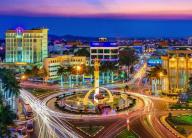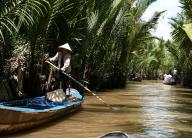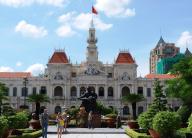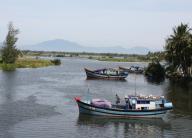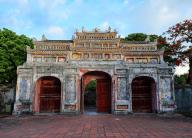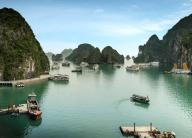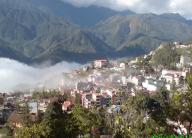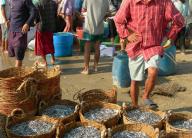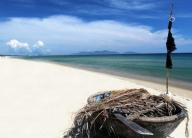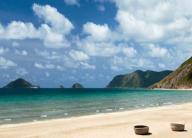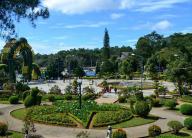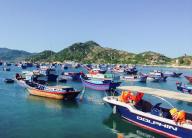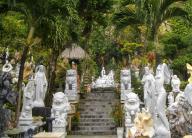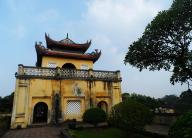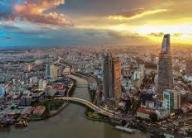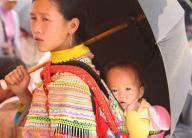Few countries have changed so much over such a short time as Vietnam. Less than forty years since the savagery and slaughter of the American War, this resilient nation is buoyant with hope. It is a country on the move: access is now easier than ever, roads are being upgraded, hotels are springing up and Vietnam’s raucous entrepreneurial spirit is once again alive and well as the old-style Communist system gives way to a socialist market economy. The speed with which Vietnam’s population has been able to put the bitter events of its recent past behind it, and focus its gaze so steadfastly on the future, often surprises visitors expecting to encounter shell-shocked resentment of the West. It wasn’t always like this, however.
The reunification of North and South Vietnam in 1975, ending twenty years of bloody civil war, was followed by a decade or so of hardline centralist economic rule from which only the shake-up of doi moi – Vietnam’s equivalent of perestroika – beginning in 1986, could awaken the country. This signalled a renaissance for Vietnam, and today a high fever of commerce grips the nation: from the flash new shopping malls and designer boutiques to the hustle and bustle of street markets and the booming cross-border trade with China. Average monthly incomes for city-dwellers are around US$100, while in the poorest provinces workers may scrape by on as little as US$30 a month – a difference that amply illustrates the growing gulf between urban and rural Vietnam.
There is an equally marked difference between north and south, a deep psychological divide that was around long before the American War, and is engrained in Vietnamese culture. Northerners are considered reticent, thrifty, law-abiding and lacking the dynamism and entrepreneurial know-how of their more worldly wise southern compatriots. Not surprisingly, this is mirrored in the broader economy: the south is Vietnam’s growth engine, it boasts lower unemployment and higher average wages, and the increasingly glitzy Ho Chi Minh City looks more to Bangkok and Singapore than Hanoi. With the rapid development that the country has seen, now is a perfect time to explore one of the gems of the East and get a taste of an authentic Vietnam.
Click here for the Best time to travel





